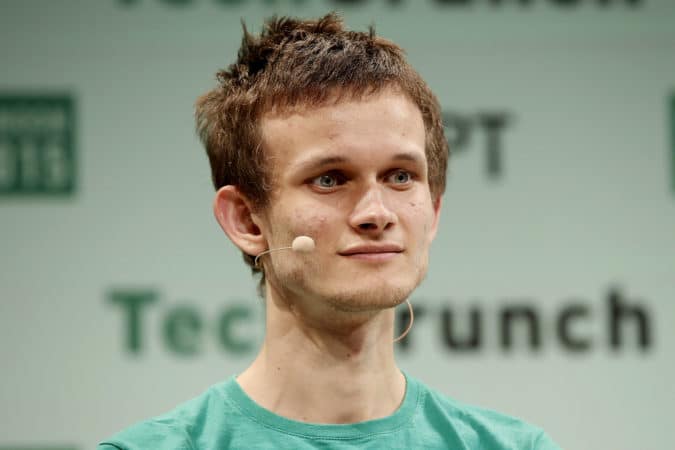TLDR
- GKR cuts Ethereum verification time from linear to logarithmic efficiency.
- Ethereum gets a scaling upgrade with Buterin’s GKR protocol rollout.
- GKR enables fast proof checks, helping Ethereum scale with less data.
- Buterin’s GKR boosts rollup efficiency and reduces blockchain strain.
- New GKR protocol simplifies zero-knowledge proof verification on-chain.
Ethereum co-founder Vitalik Buterin has introduced the GKR protocol to optimize proof verification and reduce on-chain load. The protocol aims to accelerate blockchain scaling, reduce computational costs, and streamline zero-knowledge applications across the Ethereum network. With this launch, Ethereum continues advancing toward a faster and more efficient verification framework.
GKR Protocol Targets Scaling Bottlenecks
Vitalik Buterin unveiled the GKR protocol as a method to improve how Ethereum verifies large computations with minimal network strain. The protocol structures verification through layered arithmetic circuits and polynomial evaluations, which lowers computational intensity on the verifier. This design enables Ethereum to process proofs in logarithmic time rather than traditional linear time.
The GKR protocol supports Ethereum’s goal to reduce gas costs and increase throughput without compromising security or decentralization. Since it bypasses the need for heavy intermediate commitments, it simplifies proof generation. Consequently, the protocol allows verification with significantly less data on-chain.
By restructuring verification workloads, the GKR protocol enhances Ethereum’s scaling strategies, especially for layer-2 solutions like rollups. These systems can now aggregate proofs more effectively while maintaining quick confirmation times. Thus, Ethereum’s infrastructure can accommodate higher transaction volumes with more efficiency.
Integration of GKR Protocol in Ethereum’s Roadmap
Vitalik Buterin’s release aligns with Ethereum’s transition toward a leaner, more secure architecture. The GKR protocol directly supports core scaling initiatives, such as proof aggregation, fast finality, and stateless clients. These changes enable Ethereum to increase performance without increasing validator burdens.
The protocol also complements Ethereum’s quantum-resistance plans by minimizing unnecessary cryptographic overhead. It streamlines verification paths while preserving integrity through arithmetic-based computations. Although GKR is not inherently private, it supports layering with SNARK or STARK systems to ensure confidentiality.
Ethereum’s developers may soon integrate the GKR protocol into existing zero-knowledge ecosystems, particularly for validating wide, shallow circuits. These workloads are common in neural network models and high-frequency transaction checks. Therefore, GKR opens new use cases for both blockchain and AI-based computations.
Challenges and Application for Layer-2 Networks
The GKR protocol introduces new performance trade-offs for proof generation. While verification becomes lighter, proving remains resource-heavy and may demand powerful computation. This imbalance might increase reliance on centralized actors capable of sustaining intensive operations.
Ethereum’s compatibility with finite field arithmetic ensures smooth adoption of the GKR protocol in current network conditions. Many smart contracts and rollups already use similar primitives, enabling faster adaptation of this proof system. Ethereum can experiment with hybrid proof designs that combine GKR with other models.
The GKR protocol is expected to benefit rollups that process structured and repetitive data, such as hash trees or batch operations. By selecting suitable workloads, Ethereum can achieve optimal results using this new framework. Overall, the protocol enhances Ethereum’s ability to scale without sacrificing decentralization or verifiability.





